The BoE was the major surprise in June’s round of European central bank decisions. Governor Bailey reacted to yesterday’s hot inflation report by delivering a 50 basis point hike, while maintaining a tightening bias. Norges Bank also hiked the policy rate by 50 basis points, while pledging more tightening. The SNB meanwhile lifted its policy rate by 25 basis points. Fighting inflation remains the focus across Europe, despite signs of flagging growth.
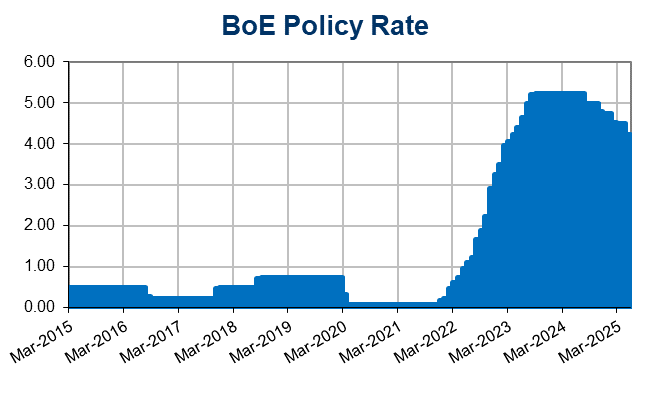
The BoE reacted to yesterday’s renewed inflation overshoot by delivering a 50 basis point hike. Bank Rate is now at a 15-year high of 5.00%. Two of the nine members of the MPC argued in favor of keeping rates on hold, but the majority clearly felt that the central bank needed to act decisively. Indeed, the central bank would have risked falling further behind the curve if it hadn’t upped the pace, as market as well as mortgage rates had already risen sharply over the past month following the inflation overshoot in April and higher than expected wage growth.
The minutes to the latest meeting suggest that this was indeed a consideration. MPC members noted that “market pricing had been more sensitive to economic data outturns than had been usual over the past decade” and that the “response to the material upside surprises in recent UK data releases on CPI inflation and the labour market” had been “accompanied by larger movements in the OIS curve than surprises of a similar magnitude had generated previously”.
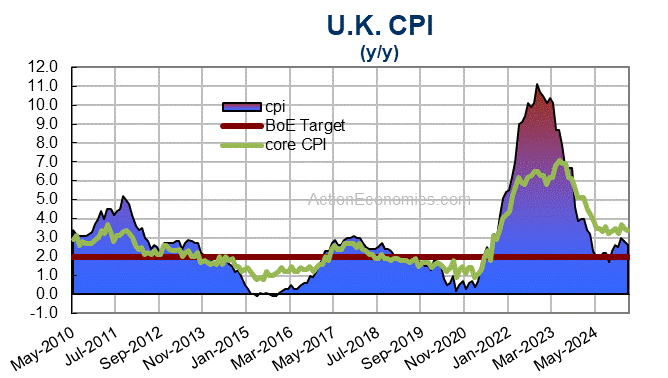
The BoE highlighted the sharp rise in mortgage rates and a net decline in the “number of owner-occupied mortgage products available to borrowers since the MPC’s previous meeting.” The average rate on a two-year mortgage has risen 90 basis points since May, and the 5-year rate has risen around 80 basis points. Mortgage approvals have dropped, and net secured lending to households has decreased further. GDP growth meanwhile still looks better than previously anticipated, with business surveys indicating an underlying pace of quarterly GDP growth of around 1/4% in the second quarter, according to the BoE.
Wage growth hit an annualized rate of around 8% in April, up from 6.3% in March, and May inflation was 0.3 percentage points higher than the BoE had expected. Services price inflation was 0.5 percentage points higher than predicted in May, and the minutes flagged that “Bank Agents’ consumer services contacts had reported that while they had absorbed some, a fair proportion of cost increases had been passed on to consumer prices”. Medium term inflation still eased somewhat since the last meeting. But, overall, the inflation overshoot and the fact that wage growth was higher than anticipated in the May monetary policy report meant that seven members of the MPC felt it was appropriate to act decisively.
The two dissenters argued that “forward-looking indicators were pointing to material falls in future wage and price inflation” and that “the lags in the effects of monetary policy meant that sizable impacts from past rate increases were still to come through”. “The current setting of Bank Rate would therefore be likely to reduce inflation below target in the medium term. Recent substantial increases in market yields would accentuate this, as they would mainly affect inflation in late 2024 and beyond, by which point energy price falls from their peaks and past rate rises would have lowered inflation significantly”.
They have a point, as the gradual shift away from flexible mortgages to fixed term deals has delayed the impact of the BoE’s policy moves. Despite this, the BoE maintained the tightening bias, saying that the “MPC would continue to monitor closely indications of persistent inflationary pressures in the economy as a whole including the tightness of labour market conditions and the behaviour of wage growth and services price inflation”. “If there were to be evidence of more persistent pressures, then further tightening in monetary policy would be required”. One of the doves who argued against June’s hike — Silvana Tenreyro — will leave the MPC by the end of the month. Her replacement — Megan Greene — seems more inclined to vote with the hawks, which will further strengthen the BoE’s tightening bias.
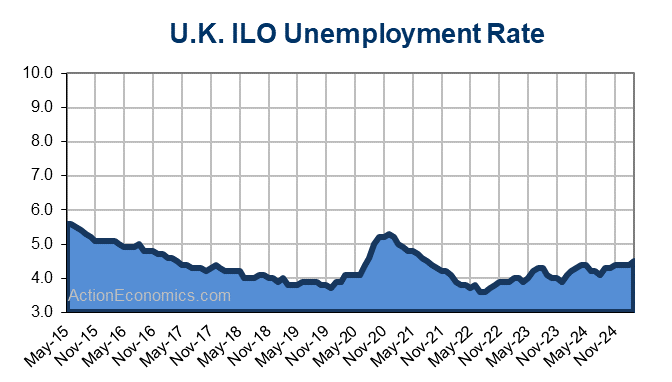
June’s move should give the BoE some breathing space, and the 10-year Gilt yield actually declined following the decision. This could signal that the move did indeed help the BoE to regain more control over market and mortgage rates, though it likely also reflects stagflation concerns. Indeed, it remains to be seen what impact the decision will have on an already turbulent mortgage market. The FT cited broker L&C Mortgages as warning that, for a borrower with a 200K mortgage over 25 years on a standard variable rate of 7.99%, their payment will rise by GBP 67 a month, or GBP 800 a year. This is more pain for households that are already struggling with food price inflation that remains in double digits. The decision highlighted that fighting inflation remains the main priority, even if that means a lower growth profile and the risk of further pressure on the property market.
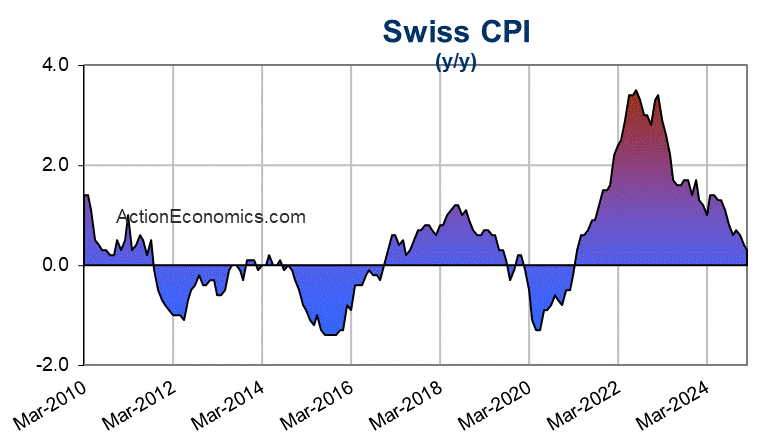
In Switzerland the SNB delivered an as expected 25 basis point hike that lifted the policy rate to 1.75%. The bank said in a statement that the step aims to counter “inflationary pressure, which has increased again”. The statement flagged that “it cannot be ruled out that additional rises in the SNB policy rate will be necessary to ensure price stability over the medium term”. The central bank also repeated that “to provide appropriate monetary conditions, the SNB also remains willing to be active in the foreign exchange market as necessary”.
The bank’s new inflation forecasts, which are based on the assumption that the policy rate will be held steady at 1.75% over the entire forecast horizon, see inflation at 2.2% this year, which is 0.4 percentage points lower than anticipated in March. However, the forecast for next year was lifted to 2.2% from 2.0%. This is above the SNB’s target and would imply more rate hikes are underway, especially as the forecast for 2025 is also above the 2% target at 2.1%.
The SNB flagged ongoing risks to the global economy, and while Swiss GDP was “solid in the first quarter of 2023” as the services sector gained momentum, the central bank “expects modest growth for the remainder of the year”, as “subdued demand from abroad, the loss of purchasing power due to inflation, and more restrictive financial conditions are having a dampening effect”. Overall growth is seen at around 1% this year.
Looking ahead, SNB Governor Jordan stressed that the decline in inflation in recent months is partly due to monetary policy, “which is now significantly more restrictive than one year ago”. Jordan also flagged that the SNB has sold foreign currency in recent quarters, as the SNB’s tightening action “has strengthened the Swiss franc”. Despite this, “the underlying inflationary pressure has risen further”, according to Jordan, and “in the current environment, increased costs can still be easily passed through to prices”. “A rise in rents will also contribute to higher domestic inflation”. Against this background there is “still the danger of inflation becoming entrenched above 2%”. This not just justifies the latest hike, but it also means that in the central scenario the SNB will deliver another 25 basis point hike in September to bring inflation back to target. Jordan also stressed that “the ample liquidity assistance we provided to Credit Suisse in March does not influence our monetary policy stance”.
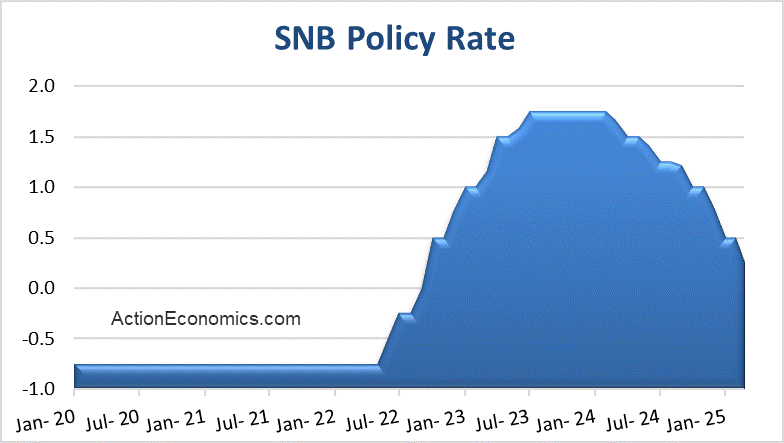
Norges Bank also stuck to the script and hiked the policy rate by 50 basis points, as widely expected. It is now at 3.75%, and the statement flagged that Norway’s central bank expects to hike rates again in August. The statement stressed that inflation is “markedly above target” and wage growth is “set to be higher than in 2022.” It noted that pressures in the Norwegian economy are easing, but still said that a “higher policy rate than previously signalled is needed to bring inflation down to target”, as inflation has been higher than projected. Higher wage growth and a weaker than anticipated currency will push up inflation going forward.
The inflation forecast for this year was lifted to 6.3% from 5.6%, and the projection for 2024 was raised to 4.6% from 3.8%. Against this background, the bank said the benchmark will likely be lifted again in August. The new policy rate forecast indicates a “rise in the policy rate to 4.25% in the course of the autumn”. We therefore have a hawkish hike that helped to strengthen the NOK.
Click here to access our Economic Calendar
Andria Pichidi
Market Analyst
Disclaimer: This material is provided as a general marketing communication for information purposes only and does not constitute an independent investment research. Nothing in this communication contains, or should be considered as containing, an investment advice or an investment recommendation or a solicitation for the purpose of buying or selling of any financial instrument. All information provided is gathered from reputable sources and any information containing an indication of past performance is not a guarantee or reliable indicator of future performance. Users acknowledge that any investment in Leveraged Products is characterized by a certain degree of uncertainty and that any investment of this nature involves a high level of risk for which the users are solely responsible and liable. We assume no liability for any loss arising from any investment made based on the information provided in this communication. This communication must not be reproduced or further distributed without our prior written permission.



















